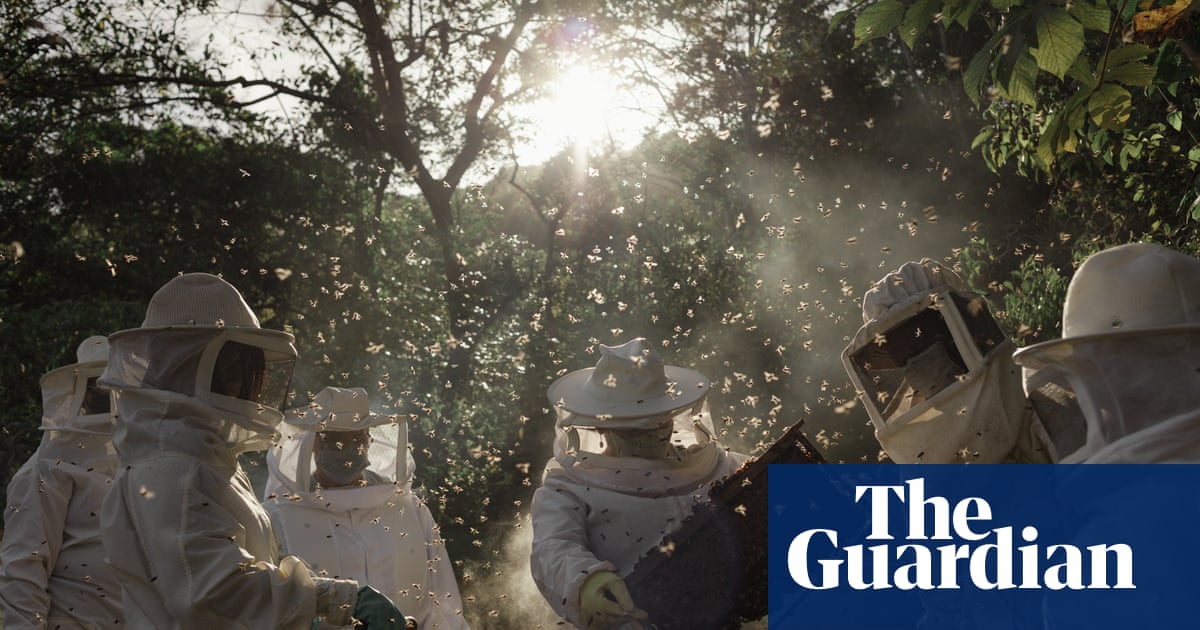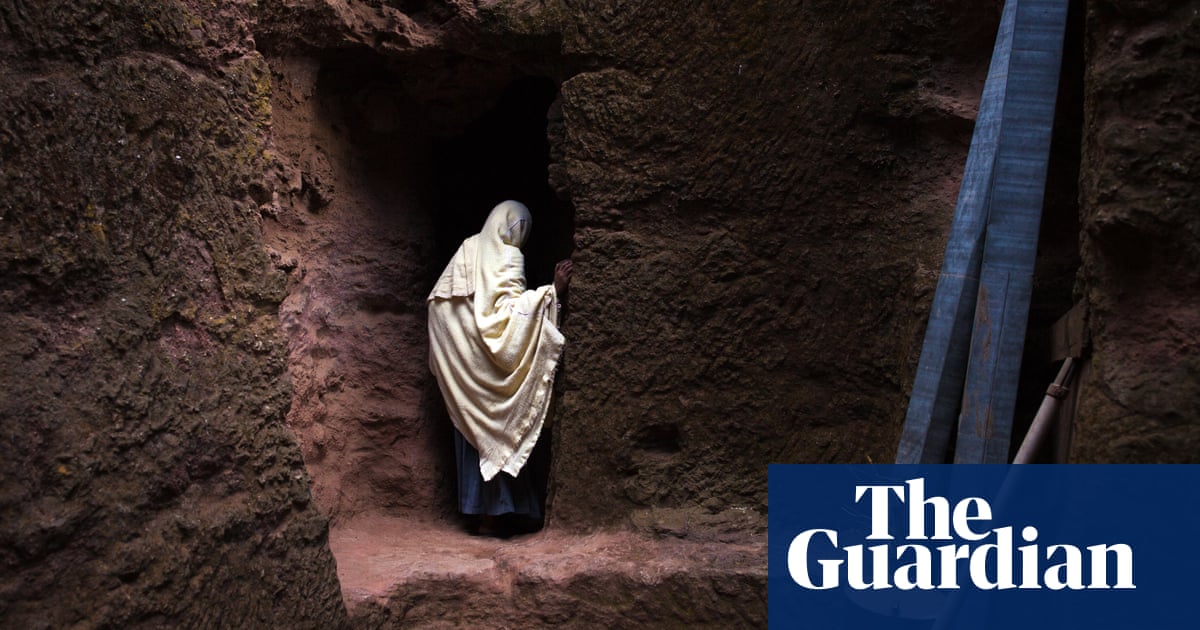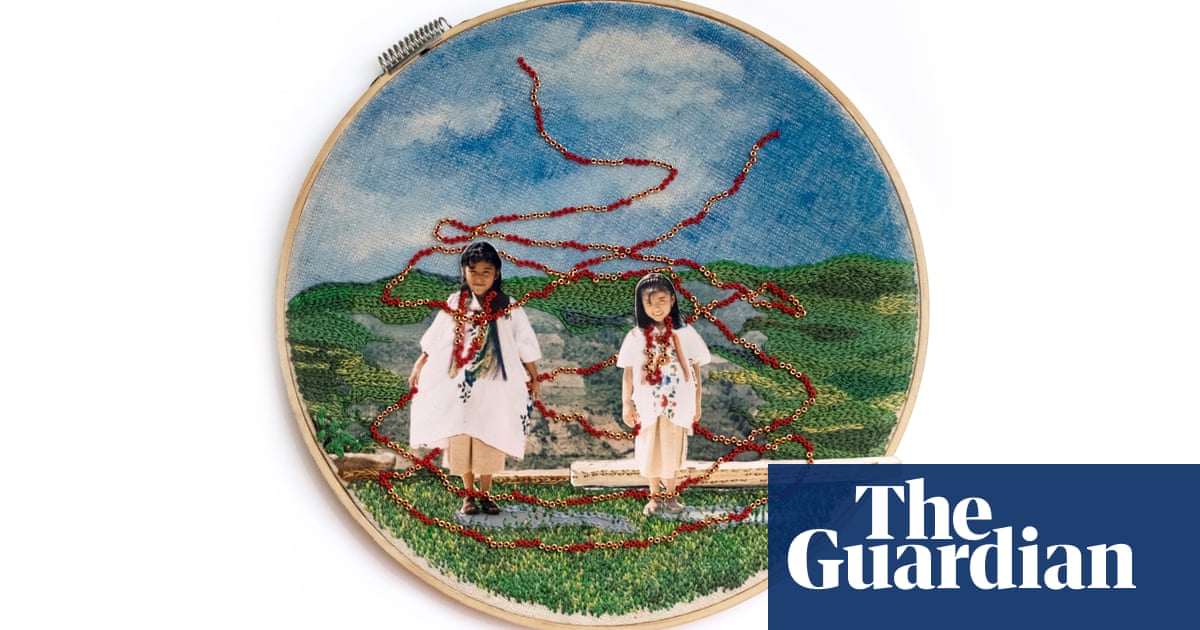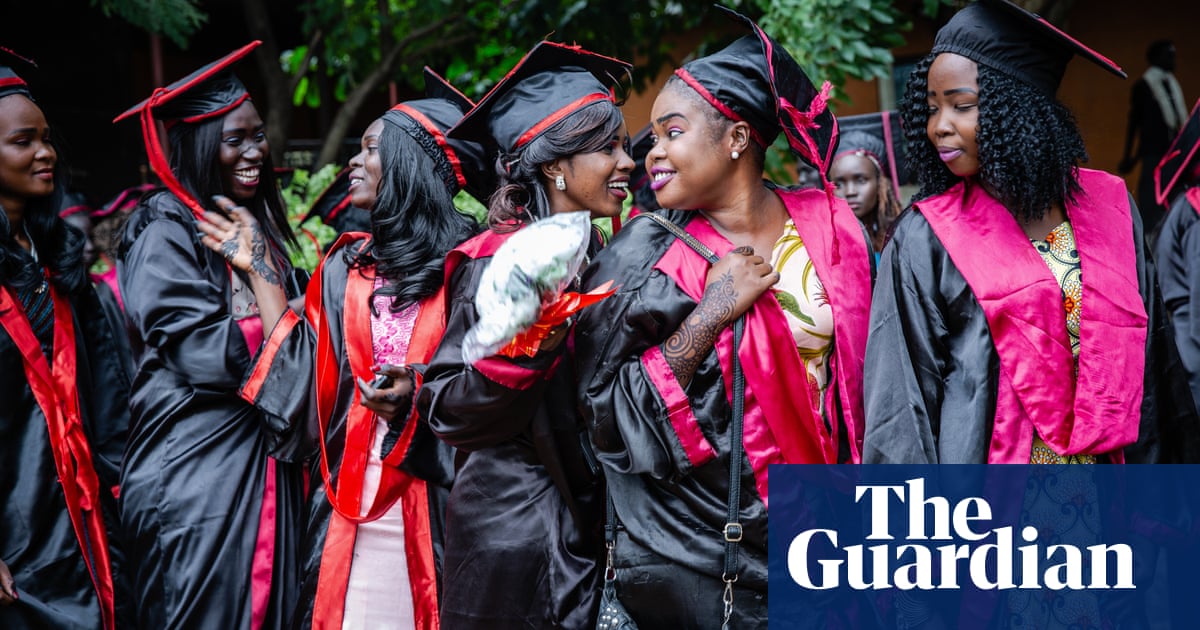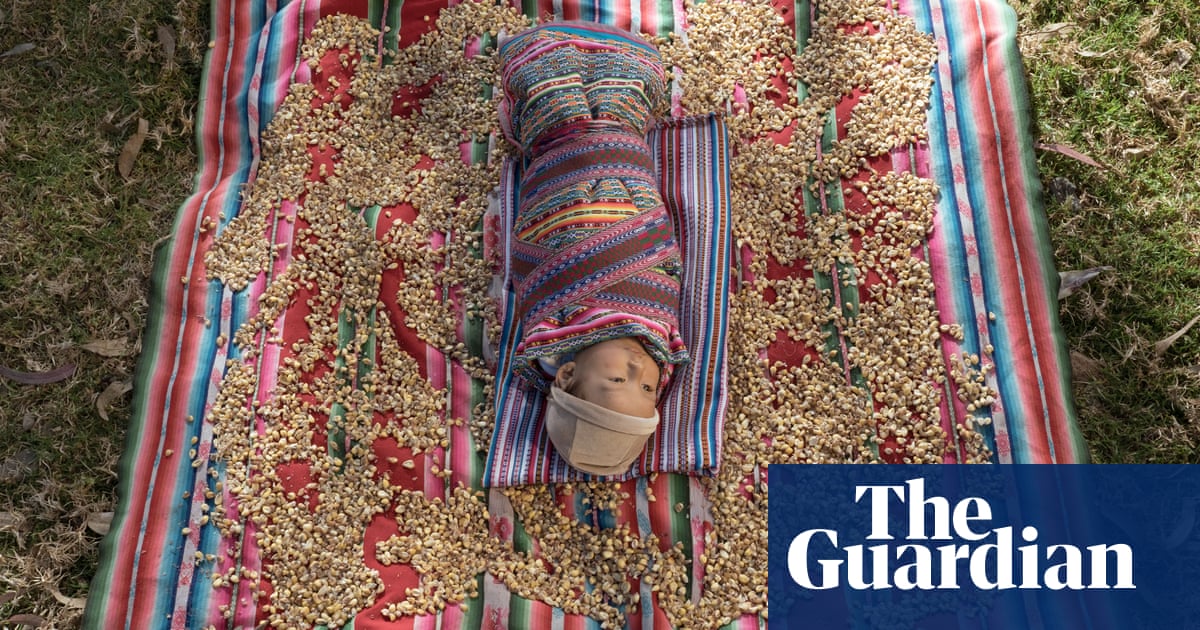
In 2021, in the community of Llupa, high in the mountains of Huaraz in northern Peru, I met Ana and her one-month-old son, Valentin. He was lying among the germinated corn seeds that would later be used to prepare the drink chicha.
These seeds, drying in the sun, are treated as newborns and, like Valentin, were resting on the handwoven Quechua cloth known as lliclla. The scene reminded me of my origins: my grandmother, a Quechua woman, used to wrap me in a lliclla in the same way.
By documenting native corn and its rituals in Peru and Mexico, I can better understand the world of the Quechua, Nahua, Otomi and Mixe Indigenous peoples, their connection to nature and their identity.
Each species, size, colour and shape of seed has a meaning and a specific individual use. Corn is not only our staple food, but a precious part of pre-Columbian rituals that continue today.
Corn is offered to thank the Earth for the good harvest and ask for protection of the seeds, so that the next harvest will be as good. “We speak to her, we make offerings to the Earth so that she responds to us. And she answers us,” Quechua farmer Arturo Soncco told me.
As a photographer, I believe that if we become aware of Indigenous people’s wisdom, their knowledge of agro-ecology, we will understand how the Quechua from Peru or the Nahua from Mexico have conserved more than 50 varieties of corn for more than 7,000 years.
This is an ongoing project: the next step is to document the Indigenous Quechua Harawi songs, by recording their polyphonic voices in the Peruvian Andes. These are songs from ancient Peru that are chanted during the planting and harvesting of native corn.
My goal is to develop an archive of Indigenous people’s knowledge related to the conservation of their seeds for future generations.




